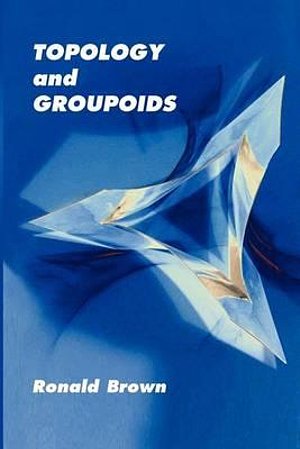
| ISBN: | 9781419627224 |
| Publisher: | Booksurge Publishing |
| Published: | 24 February, 2006 |
| Format: | Paperback |
| Language: | English |
| Links | Australian Libraries (Trove) |
| Saving: | Saving: $56.06 or 46% |
This is the third edition of a classic text, previously published in 1968, 1988, and now extended, revised, retitled, updated, and reasonably priced. Throughout it gives motivation and context for theorems and definitions. Thus the definition of a topology is first related to the example of the real line; it is then given in terms of the intuitive notion of neighbourhoods, and then shown to be equivalent to the elegant but spare definition in terms of open sets. Many constructions of topologies are shown to be necessitated by the desire to construct continuous functions, either from or into a space. This is in the modern categorical spirit, and often leads to clearer and simpler proofs. There is a full treatment of finite cell complexes, with the cell decompositions given of projective spaces, in the real, complex and quaternionic cases. This is based on an exposition of identification spaces and adjunction spaces. The exposition of general topology ends with a description of the topology for function spaces, using the modern treatment of the test-open topology, from compact Hausdorff spaces, and so a description of a convenient category of spaces (a term due to the author) in the non Hausdorff case. The second half of the book demonstrates how the use of groupoids rather than just groups gives in 1-dimensional homotopy theory more powerful theorems with simpler proofs. Some of the proofs of results on the fundamental groupoid would be difficult to envisage except in th
Shop Preferences
Customize which shops to display. You can include the following shops by logging in to change your settings.
















